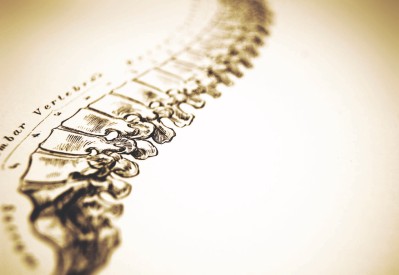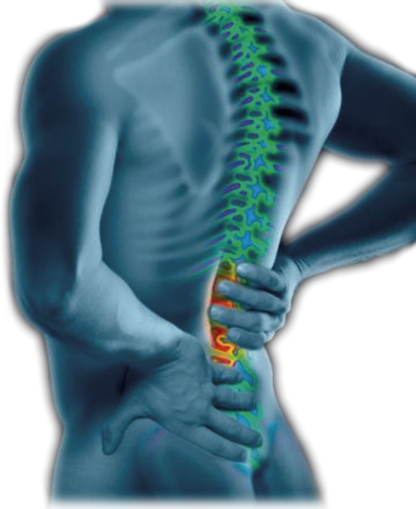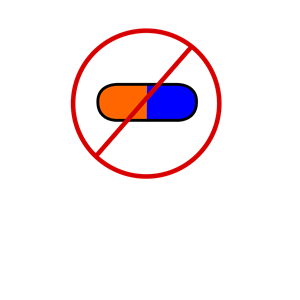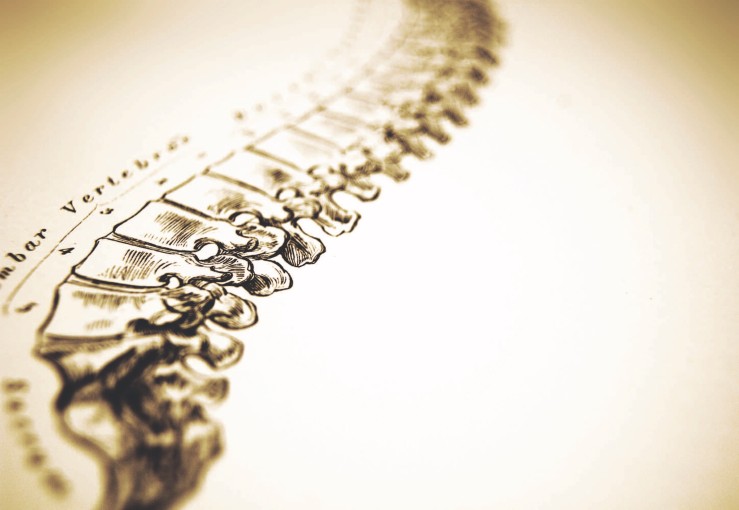Feeling the love….
Adapted from the New York Times; The Upshot. See full article here.
Spinal manipulation — along with other less traditional therapies like heat, meditation and acupuncture — seems to be as effective as many other more medical therapies we prescribe, and as safe, if not safer.

Most back pain resolves over time, so interventions that focus on relief of symptoms and allow the body to heal are ideal. Many of these can be nonpharmacological in nature, like the work done by chiropractors or physical therapists.
Physicians are traditionally wary of spinal manipulation (applying pressure on bones and joints), in part because the practitioners are often not doctors and also because a few chiropractors have claimed they can address conditions that have little to do with the spine. Patients with back pain haven’t seemed as skeptical. A large survey of them from 2002 through 2008 found that more than 30 percent sought chiropractic care, significantly more than those who sought massage, acupuncture or homeopathy.

Many high-quality studies have been performed recently. In February, in Annals of Internal Medicine, another systematic review of nonpharmacologic therapies generally agreed with the other recent trials. Based upon this review, and other evidence, the American College of Physicians released new clinical practice guidelines for the noninvasive treatment of subacute back pain. They recommended that patients should try heat, massage, acupuncture or spinal manipulation as first-line therapies.
The only things that might detract from the use of spinal manipulation in this situation would be its cost and potential harms.
Because they fear those potential harms, some physicians are hesitant to refer patients to chiropractors or physical therapists for care. But in all the studies summarized above, there were really no serious adverse events reported. It’s possible to find anecdotes of harm to the spinal cord from improper manipulations, but these are rare, and almost never involve the lower spine.

Some physicians are concerned about the cost of spinal manipulation, especially since most insurance carriers don’t cover it. Visiting a chiropractor costs more than taking many non-narcotic pain medications. But more invasive interventions can cost a lot of money. In addition, studies have shown that, in general, users of complementary and alternative medicine spend less over all for back pain than users of only traditional medicine.
Medication and surgery can also lead to harms. We shouldn’t forget that prescription pain medications, like opioids, can lead to huge costs, especially when they’re misused.

Given the natural course of back pain — that most of it goes away no matter what you do — the ideal approach is to treat the symptoms and let the body heal. Noninvasive therapies seem to do that well enough.
